Senator DAVID SMITH (Australian Capital Territory) (18:03): The koala is one of Australia's most recognised
mammals. Alongside the kangaroo, emu, platypus and wombat, when tourists from around the world think of
Australian wildlife, the image of the koala is one of the first that comes to mind. But for many Australians, seeing a koala in the wild is a favourite and all too rare memory. Koalas are one of our most threatened species, being highly dependent on their habitat and highly vulnerable to habitat destruction and fragmentation. Indeed, last week when the Australian Reptile Park and the Threatened Species Commissioner brought a number of animals to Parliament House to highlight the species whose protections are under threat, one of the animals they brought was a koala. It's a pity they had to come here to highlight their plight.
Estimates of remaining koala populations vary widely. Official estimates from the Threatened Species Scientific Committee are that there were just over 400,000 koalas remaining in the wild in 2010. The Australian Koala Foundation has estimated that the number of koalas in the wild is less than 80,000, where once there were millions. Even on the higher figures, populations declined by 29 per cent nationally between 1990 and 2010. In New South Wales, the state government's own report estimates that only 36,000 koalas remain in the wild. The remaining koala populations are dependent on an ever-shrinking amount of habitat, particularly in eastern New South Wales and South East Queensland. There are many threats faced by koala populations, including disease, drought and climate change, fire, dogs and being struck by vehicles, but the most critical and immediate danger is loss and fragmentation of habitat. It is only through concerted action on all these issues, and in particular ensuring we maintain koala habitat, that Australia can ensure we maintain our koala populations.
My colleague Senator Pratt outlined Labor's proud record on environmental issues in relation to marine reserves, the Murray-Darling Basin, a carbon price and delivering the Tasmanian forest agreement. Similarly, on koalas, Labor took action when we were in government to protect Australia's most at-risk populations of koalas— those in Queensland, New South Wales and the Australian Capital Territory—by bringing them under national environment law. The then federal environment minister, Tony Burke MP, listed these populations in April 2012 as vulnerable under the Environment Protection and Biodiversity Conservation Act, enabling action to be taken to maintain their habitat and ensure their development took account of the need to minimise threats to koala populations.
However, the record of the Liberal-National coalition could not be more different. Since coming to government
five years ago, they have repeatedly ignored koala protection unless forced to take action, seeking to hand the responsibility for environmental approvals to the states. Moreover, at the state level, people understand that only Labor can be trusted to take action on koala protection. In New South Wales, with an election coming up next March, Labor has committed to protecting the local populations of the North Coast with a national park focused on areas of significant koala numbers and returning environmental protection to biodiversity and land-clearing laws so that clearing of high conservation value areas, like koala habitat, comes to an end. The tired Liberal government in that state, in contrast, brought in land-clearing laws that left 99 per cent of koala habitat open to clearing. In some areas of New South Wales, the rate of land clearing, as we heard from Senator Pratt, has tripled in the last 12 months since the current Liberal government's new land-clearing laws came into effect. This cannot continue if we hope to maintain koalas in the wild. At the same time, in Queensland earlier this year, the Palaszczuk government reintroduced effective land-clearing laws that were removed by the previous Newman government in 2013. As the head of the Queensland Conservation Council, Tim Seelig, said: The passing of these reforms is a hugely important milestone in the history of Queensland's land clearing regulation.
Today, our laws have been made better and the direction of regulation corrected.
Labor has always been at the forefront of national environmental leadership in Australia and voters understand that Labor policies to strengthen our environmental laws would improve protections for high-conservation areas, including areas where koalas live. The question for this chamber is: how much more of this government can a koala bear?


